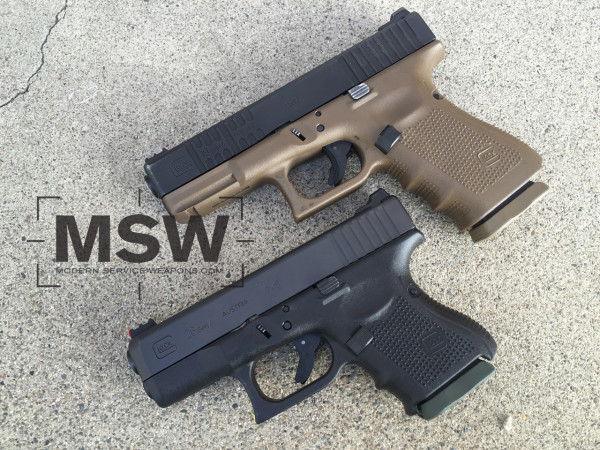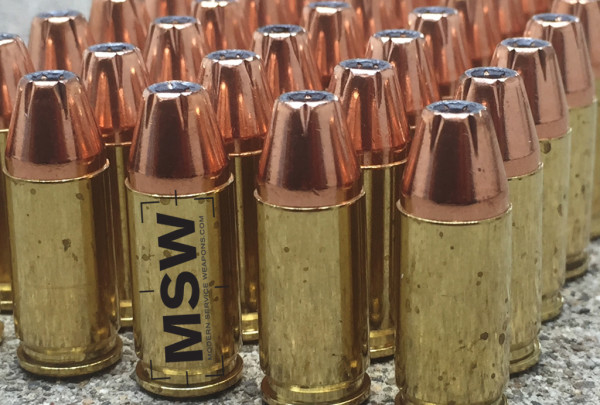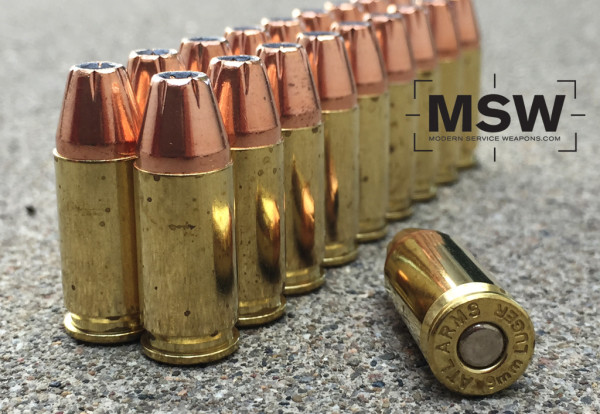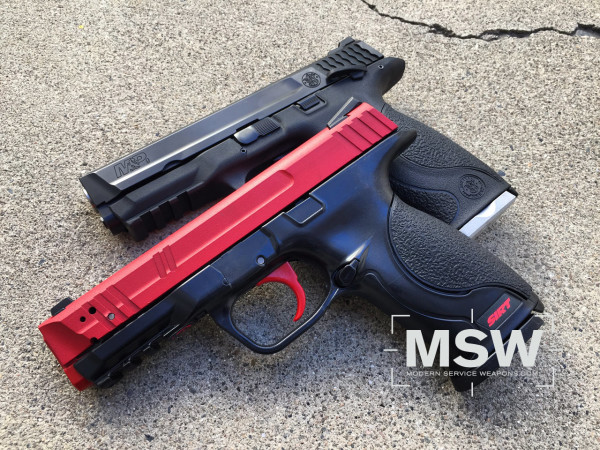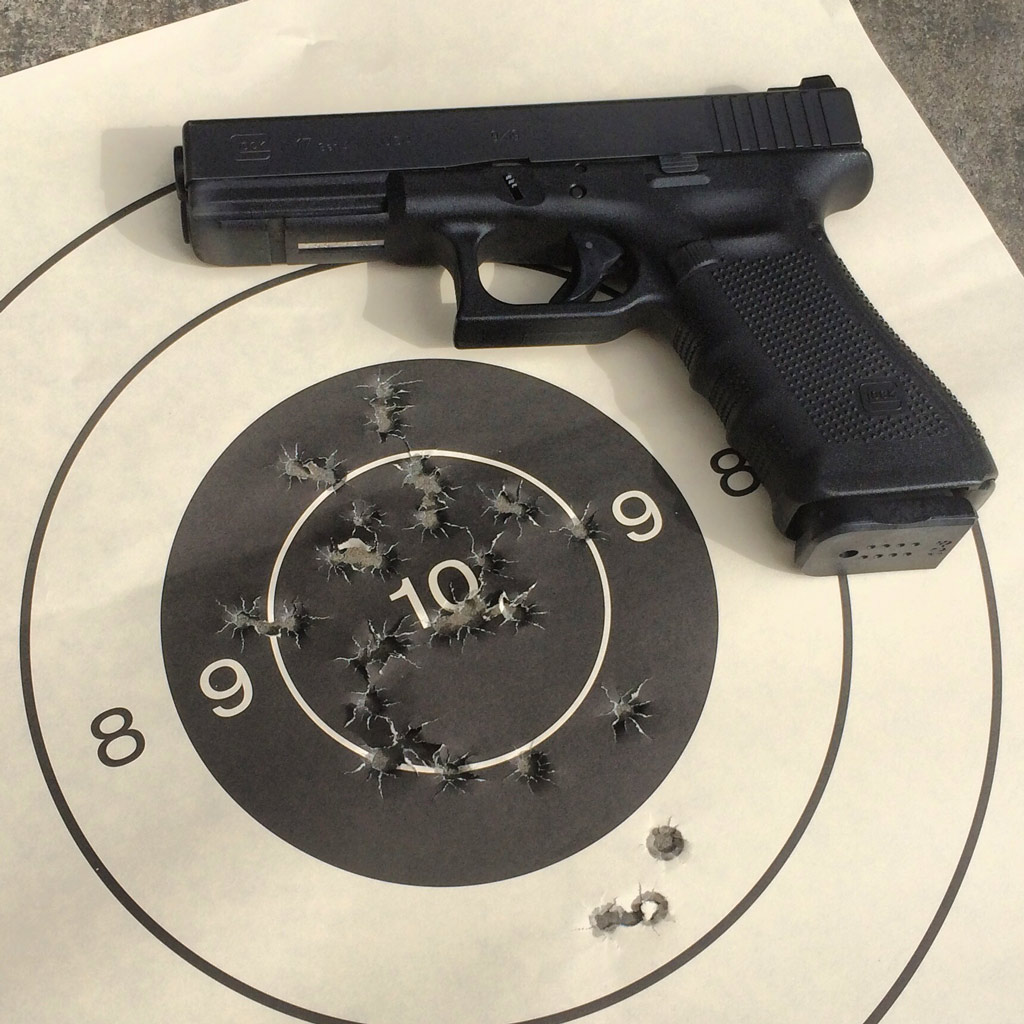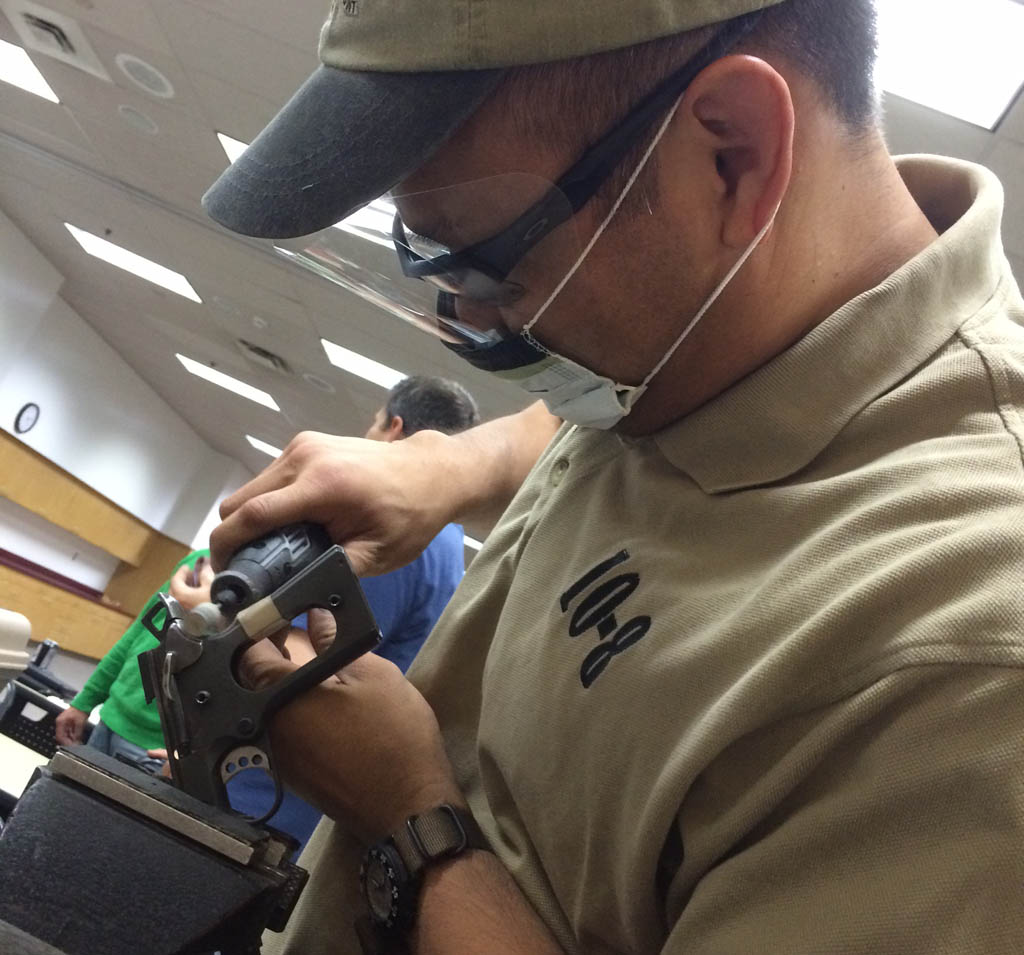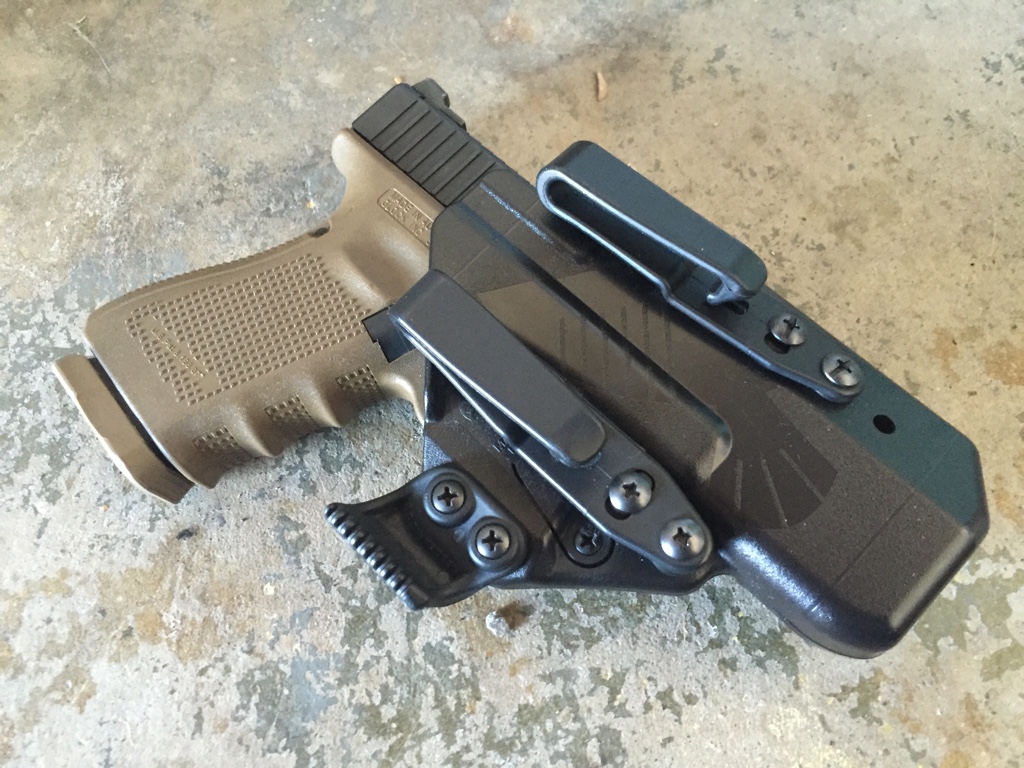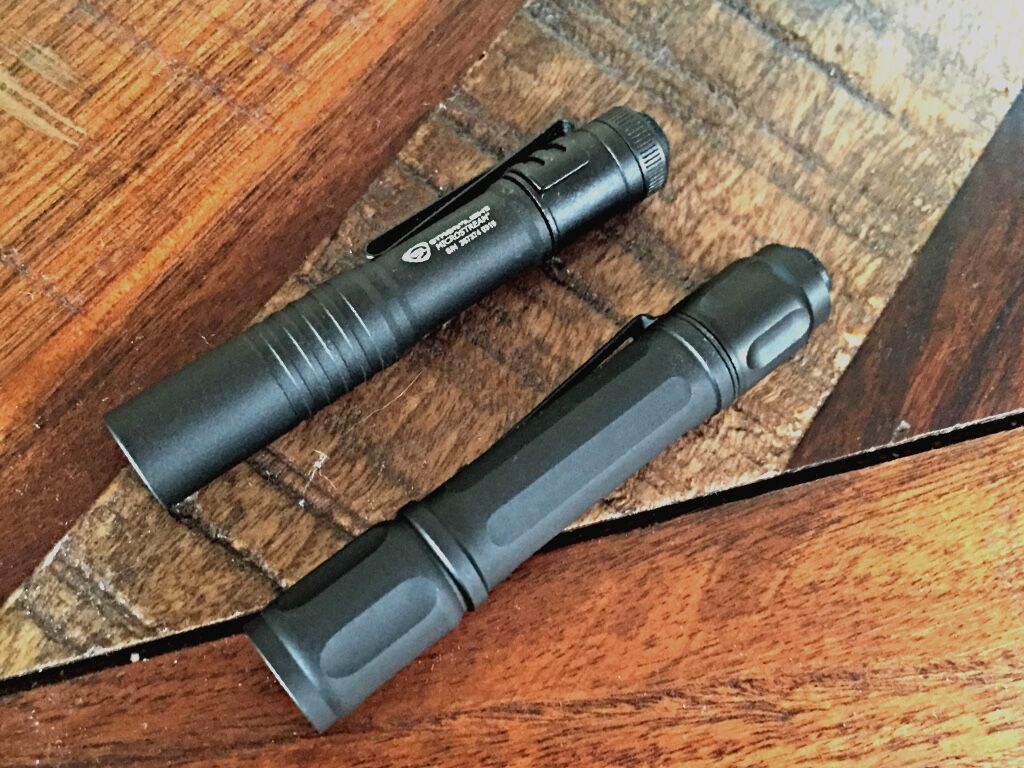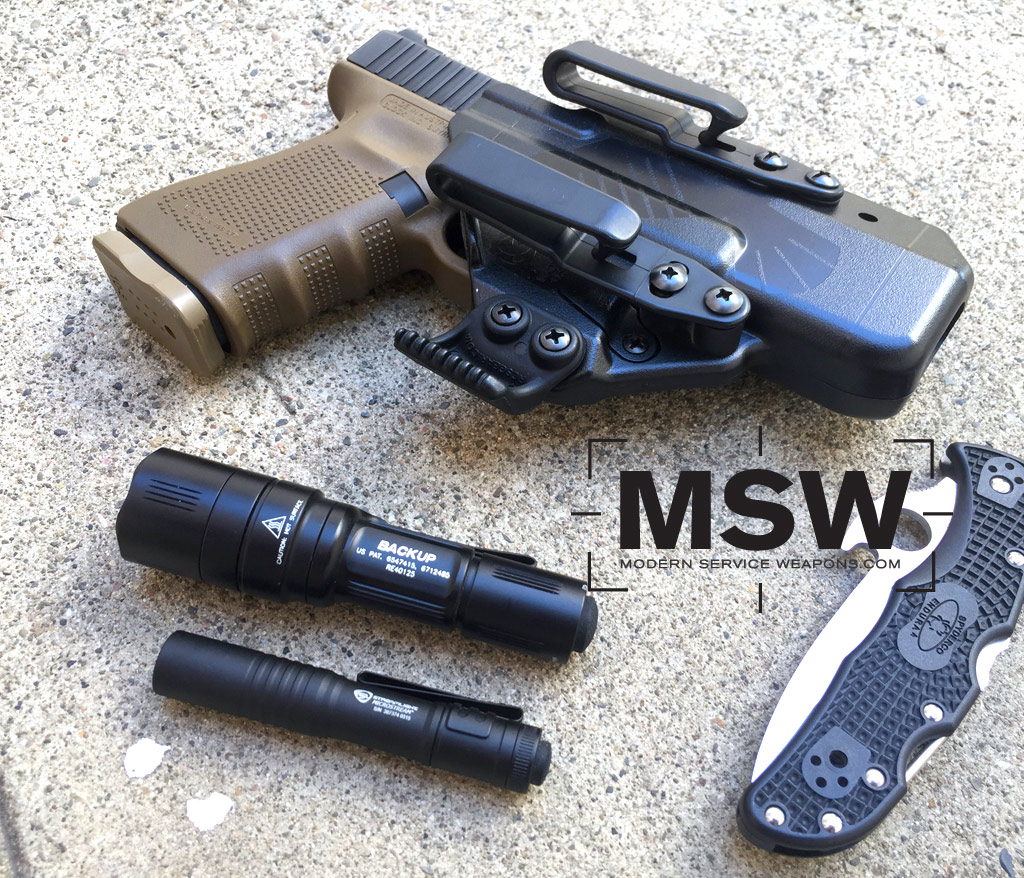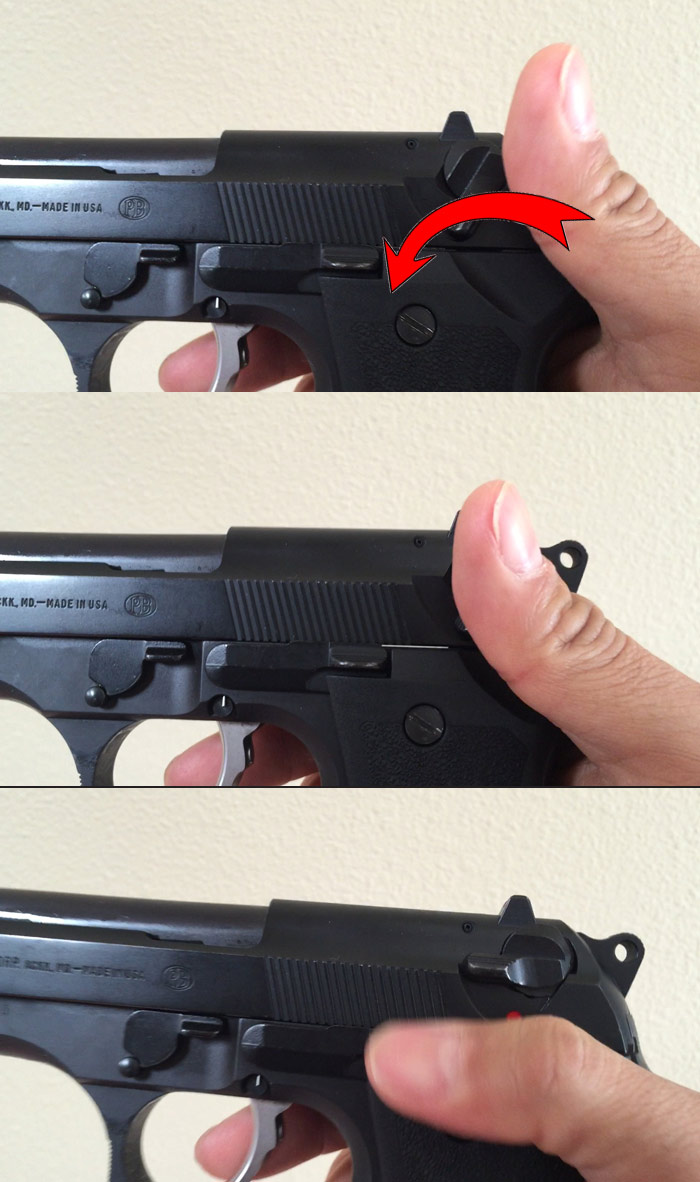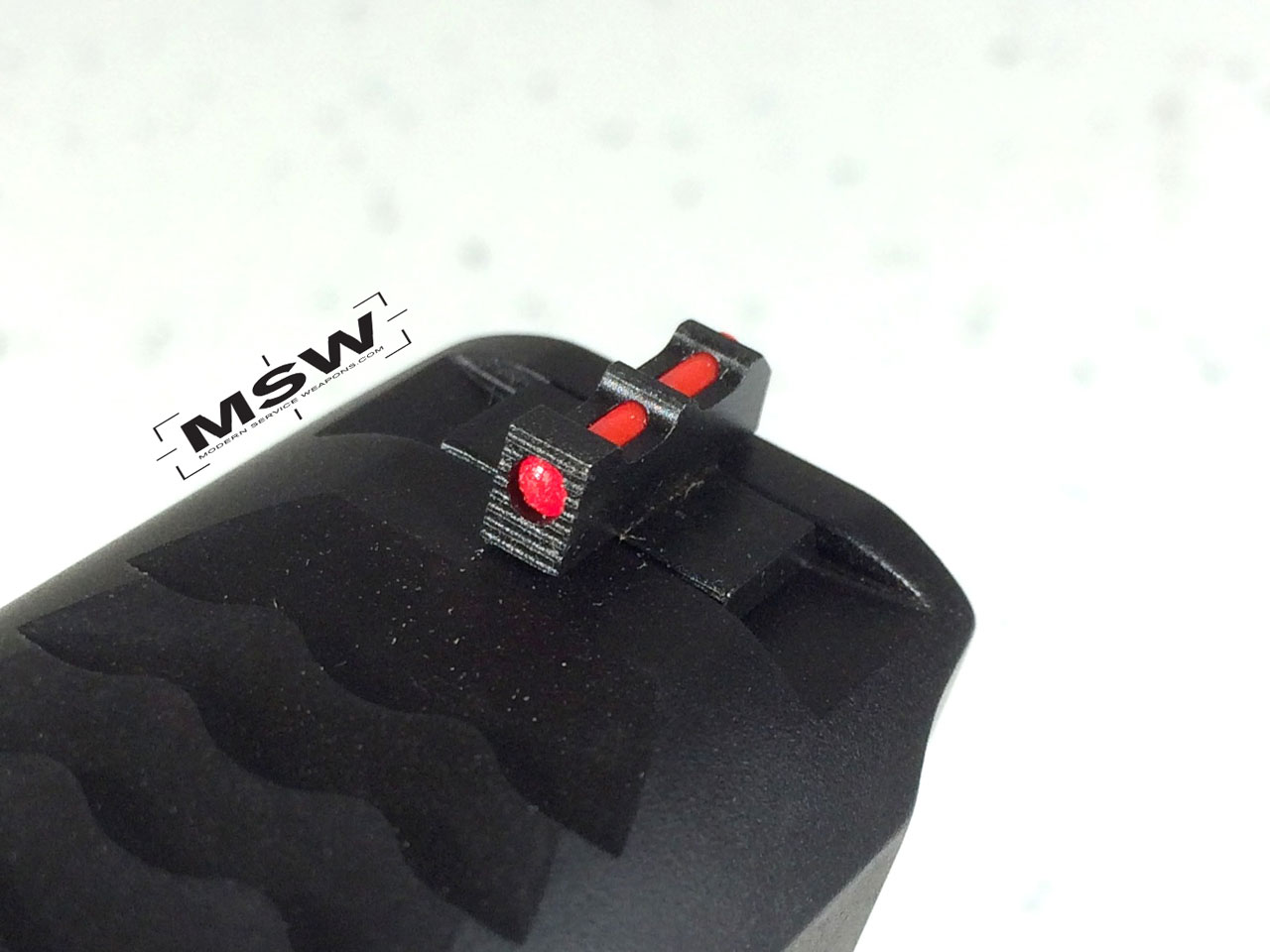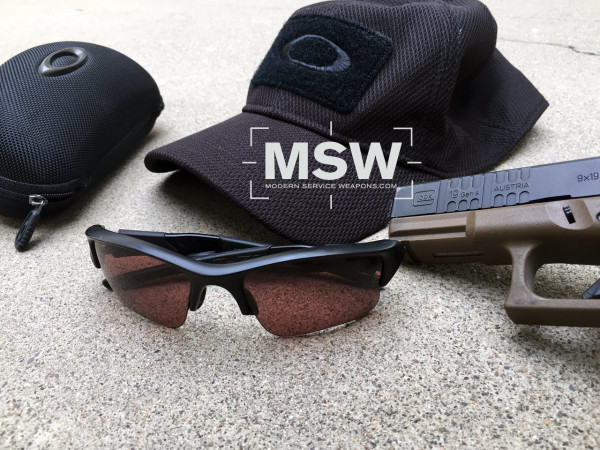
Oakley Flak Jackets with the new PRIZM TR22 lenses, now available through the Standard Issue program for first responders.
For the better part of the past 20 years, I have been a big fan of Oakley eyewear for use on and off the range. They aren’t cheap, but good equipment is rarely inexpensive. Luckily for first responders or military, the price of much of the Oakley lineup is significantly reduced through their Standard Issue program. Those who prefer glass lenses look elsewhere, but I like polycarbonate lenses as the weight of glass tends to give me a headache over time. Oakley glasses are designed to be optically correct and offer industry leading protection against UV and debris. The only downside to polycarbonate lenses are that they scratch more easily than glass, so routine handling should be done with care.
Around the beginning of this year, Oakley released their line of PRIZM lenses, which were advertised to enhance contrast for various activities, including golf and shooting. In the past, I had preferred the VR28 lenses for high contrast, and eventually migrated to Positive Red Iridium, which also has a fancy reflective red coating. Having been happy with the Positive Red lenses, I didn’t rush to go out to try the new PRIZM offerings. Continue reading →
 https://bo283.isrefer.com/go/WS2016M/modernserviceweapons/
https://bo283.isrefer.com/go/WS2016M/modernserviceweapons/


